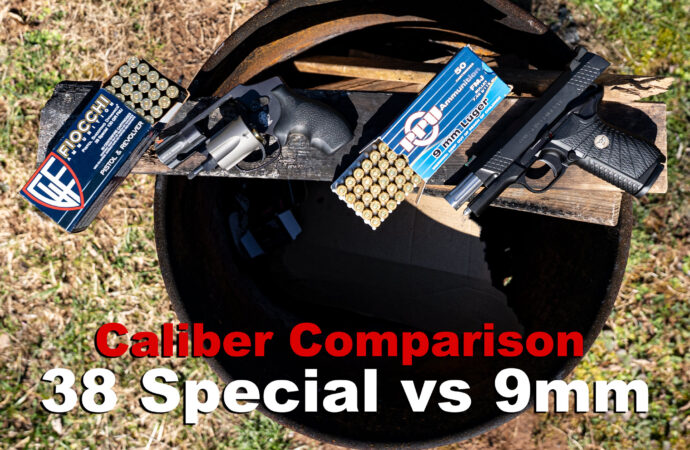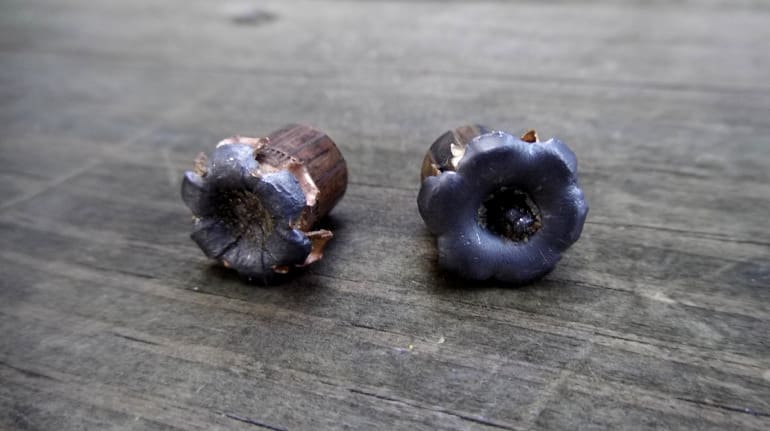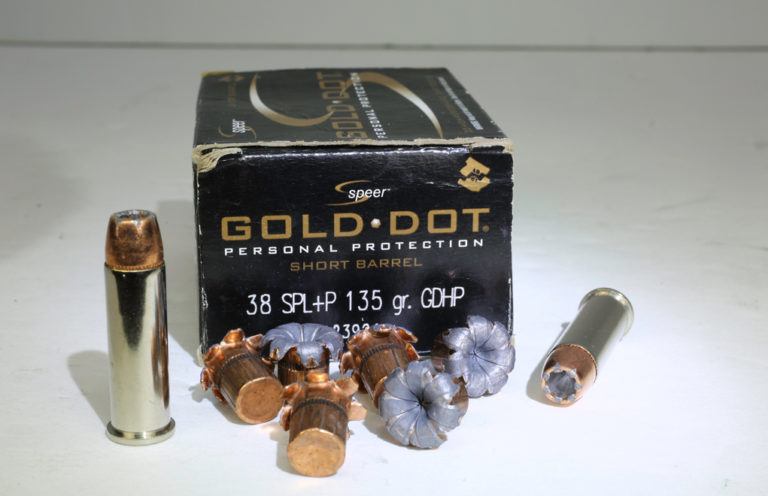
Power Factor is the product of the bullet weight in grains multiplied by the muzzle velocity in feet per second. Of course, shot placement is the most important thing, but everything else being equal, the more energy on target, the better. The more energy transferred, the more damage done. The kinetic energy of the projectile is transferred to the target. They are “Muzzle Energy” and “Power Factor.” Muzzle energy is the kinetic energy of the projectile at the muzzle (typically measured 10 to 15 feet away). There are two columns which contain information important to you. No specific brands are mentioned, but bullet weight, bullet type and typical muzzle velocity are given. Trade-offsīefore commenting on the pros and cons of individual rounds, I will present a table which lists typical ammunition in the various common defensive calibers. With the proper training and sufficient practice, you can become an expert shot with the firearm and round of your choice. Without training and practice, your firearm is useless.

By the same token, there are some well-trained, petite women who fire .45 ACP +P rounds with speed and accuracy. I have seen large men who flinch when firing a. Skill is increased by training and practice. The one item over which you have direct control is your level of skill.

You get the idea.Įvery choice is a compromise. A heavier gun is either harder to conceal or less convenient to carry. You can decrease the recoil of your firearm by using a lighter bullet, lesser velocity, or a heavier gun. Less recoil means faster follow-up shots. More power (greater bullet diameter, higher velocity, more bullet weight, more expansion) will mean more damage to the target, but these factors also take their toll on the shooter in terms of recoil. Since we cannot always place the first round exactly where we want it, especially when under severe stress, the effects of fear, and perhaps injury, more power is a good thing. 380 will have the desired result most of the time. A hit to the central nervous system with a. That means that a single hit (or multiple hits) should be able to stop the hostile action of a human target. In a defensive situation, your objective is to put an end to the threat as quickly as possible. One is the effect that the projectile will have upon the target. In choosing a self-defense round, we need to consider two effects. Hopefully, this information will help each of you make your own choice. I will, however, try to point out some of trade-offs you must expect to make between concealability, power, recoil, training, etc. The choice of a concealed carry gun is a very personal thing. 44 Specials.įurther, I am not going to presume to tell anyone which round they should choose. I will confess that I own a 3″ S&W Model 29 which I carry from time to time. 44 Magnum, the round is literally “overkill” for defense against human assailants and the recoil in a lightweight gun is punishing. Although there are some folks who successfully conceal a. These big bores are more suited to hunting purposes, or for a back-up gun used for protection against bears while fishing in Alaska. It is fair to say, however, that none of them are really “mainstream” in the vast majority of handguns sold for defensive purposes. These all have their place, and there are people who use them. 44 Special, which has a small, but very loyal following. Let’s get started.įirst off, I am not going to discuss such rounds as the. We’ll also point out some less common but excellent choices such as the. We are not going to rehash the interminable debate of 9 mm vs.45 ACP except for pointing out some recent developments. Today we’ll take a look at this choice that every concealed carrier has to make. 357 Magnum, which in most ballistic tests is neck-and-neck with the. Those who favor revolvers are definitely in the minority, but those who do tend to like the well-proven.

40 S&W gives a good-sized big bore combined with the high round count of the 9 mm in an auto-loader.

45 ACP, the battle-proven veteran for those who believe that bigger is better. With the latest in high-performance projectiles, there are those who claim that performance is just as good as the old reliable. The 9 mm appeals to those who like lots of rounds on tap in a compact pistol. 357 needs to be somewhat heavier if the user is to avoid punishing recoil. 38 Special is the round of choice in the ever-popular S&W J-frame snub nose revolver, which has proven itself time and time again as both a primary sidearm and a backup or deep concealment piece. 380 gives you a wide choice of extremely concealable auto-loaders with all different systems of operation. All of these rounds have their pros and cons, and you will find people who will swear by one or the other. When we consider the choice of caliber for our concealed carry gun, we often stick to the well-known choices.


 0 kommentar(er)
0 kommentar(er)
